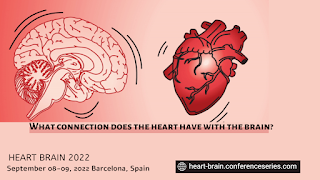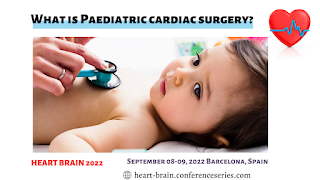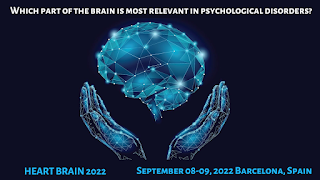The heart brain: What is it?
The heart-brain,
because it is often referred to as, or intrinsic viscus systema nervosum, is
associate convoluted network of advanced ganglia, neurotransmitters, proteins
and support cells, an equivalent as those of the brain within the head. The
brain controls the guts directly through the sympathetic and parasympathetic
branches of the involuntary systema nervosum that consists of multi-synaptic
pathways from heart muscle cells back to peripheral ganglionic neurons and
additional to central preganglionic and premotor neurons. The guts have its own
“brain.” Now, scientists have drawn a close map of this small brain, referred
to as the intracardiac systema nervosum, in rat hearts. The heart's huge boss
is that the brain, however nerve cells within the heart have a say, tooThe
heart is that the organ settled in between our lungs whereas the mind is
believed to be settled in our brain; mind is that the conversational term used
for the organ referred to as brain in biology. However, it's tough to trace the
precise location of our mind in our body.
The heart includes a “little brain.” it is a
network of neurons referred to as the intrinsic viscus systema nervosum (ICNS),
and it plays a key role in control viscus activity. the consequences of upper
brain centres and involuntary management loops on the guts with explicit
connexion to arrhythmogenesis.
there's currently substantial proof that higher brain operate (cortex), the
brain stem and involuntary nerves have an effect on viscus electrophysiology
and cardiopathy, which these could operate as associate interactive system. The
roles of mental stress and feeling in arrhythmogenesis and fulminant viscus
death are not any longer confined to the realms of account. Advances in
molecular medicine have known viscus cellular particle channel mutations
conferring vulnerability to arrhythmic death at the heart muscle level. Indeed,
specific channelopathies like long QT syndrome and Brugada syndrome at by
selection sensitive to either sympathetic or pneumogastric stimulation.
There is increasing proof that corticoafferent
feedback from the guts to the upper centres could have an effect on
corticofugal input to the guts and modulate the viscus electrophysiology.
The new era of purposeful neuroimaging has known the central neural electronic
equipment during this brain-heart axis. Since precipitants of fulminant fatal
cardiopathy ar oftentimes environmental and behavioral, central pathways
translating stress into involuntary effects on the guts may be thought-about as
therapeutic targets. These brain-heart interactions facilitate justify the
apparent randomness of fulminant viscus events and supply new insights into
future novel therapies to stop overtime.
.png)



Comments
Post a Comment